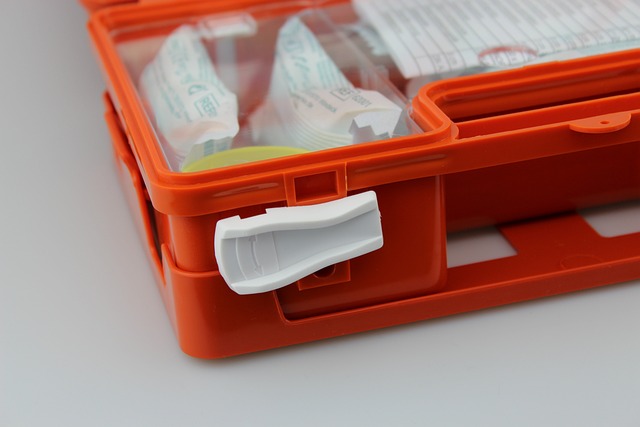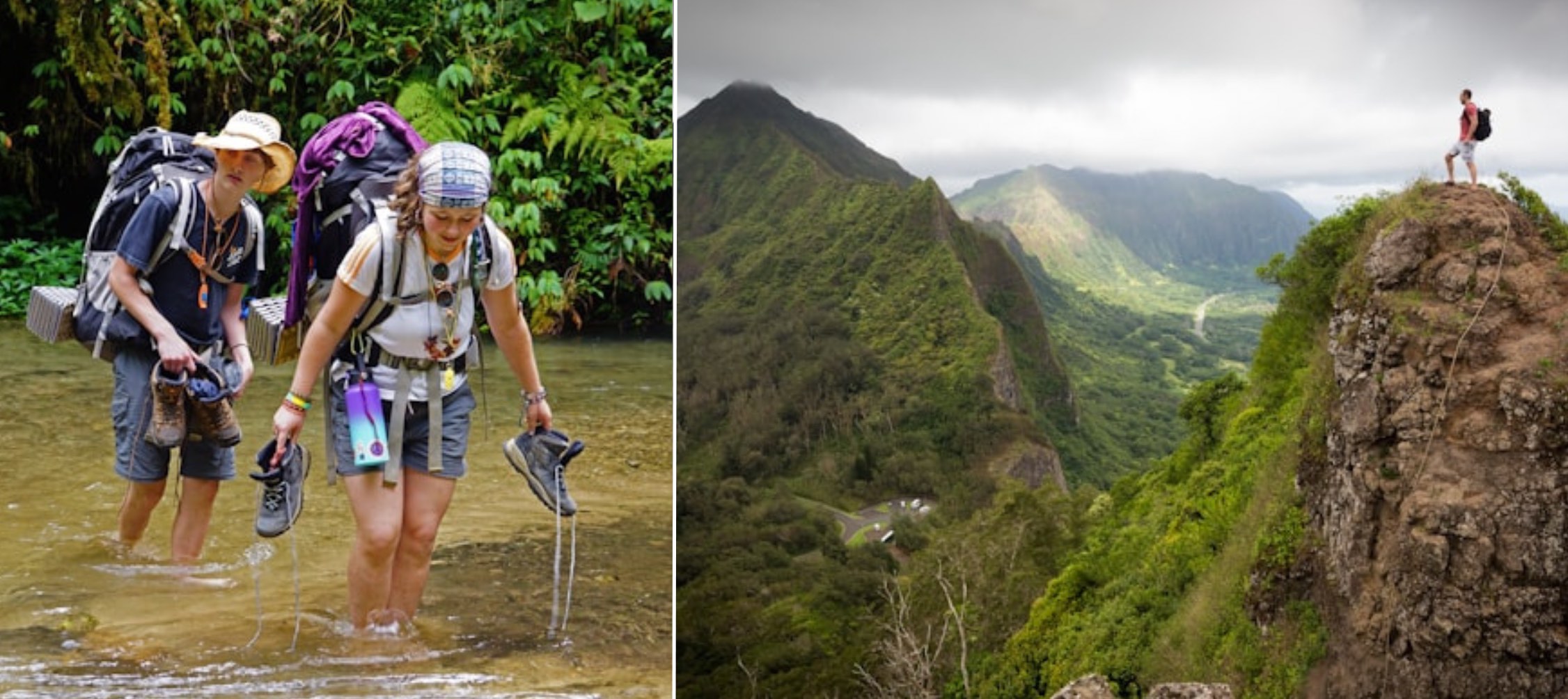If your list of hobbies includes trekking, hiking, or exploring the woods, autumn is the best time of the year to spend a weekend somewhere far away from the noise of the city. But just like any other outdoor activity, these hobbies require some thoughtful planning and packing to ensure that you’ll never have to worry about anything going wrong. If you already have your trusty pair of hiking boots and umbrella ready, here is other gear that you will find useful when going to a remote destination.
Reliable Backpack
It all starts with a backpack, but not just any backpack will do for remote adventures. You need something durable, spacious, and designed for comfort over long periods. Backpacks with ergonomic designs are the best choice, since they reduce the strain on your back and shoulders, making your trek more comfortable. Additionally, look for one with compartments to store different essentials, like a space for your water bottle, a separate pocket for snacks, and an easily accessible section for electronics. Make sure it is made of waterproof materials and will keep your belongings dry during unexpected rain showers or misty mornings, and if you’re hiking in remote locations, you might also want one with hydration packs, which will allow you to sip water without needing to stop.

Layered Clothing for All Conditions
Remote destinations often mean unpredictable weather, and even if you want to travel as light as possible, you need to pack layers to be prepared for both cold nights and warm days, especially in high-altitude areas or regions with temperate climates. Start with moisture-wicking base layers to keep sweat away from your skin during activity. Add a middle layer like a fleece for warmth, and finally, pack a weather-resistant outer layer, such as a lightweight rain jacket, to protect yourself from rain or wind. Don’t forget about accessories as well – a tweed Irish cap will help you stay warm and comfortable, allowing you to focus on your adventure. Irish caps, like the ones from here https://www.gaelsong.com/prod_detail_list/accessories-irish-hats, are lightweight and versatile, and they can easily go from a practical outdoor accessory to a stylish piece you can wear when you stop by a local pub or explore a small village.
GPS Device or Maps
No matter how well-traveled you are, exploring remote places without a reliable GPS or even a physical map is a risk not worth taking. Many secluded areas have little to no cell service, so having a dedicated GPS device will help you stay on track and prevent you from getting lost. Though digital tools are fantastic, nothing beats the reliability of physical maps. Bring a detailed map of the area and a compass as backup. If you’re going off the grid, learning basic navigation skills will be invaluable. Knowing how to read topographic maps, for instance, could save you from losing your way and turning your dream adventure into a nightmare.

Portable Water Filtration System
One of the most important elements to consider when traveling to remote areas is clean drinking water. While bottled water is a go-to for many travelers, it may not always be available in hidden or off-grid destinations, and carrying multiple bottles results in an unnecessary weight to your already heavy load. A compact water filter or purifier allows you to drink directly from natural water sources like streams or lakes, so that you will always have access to safe drinking water no matter where your adventures take you. These systems are easy to pack and incredibly convenient, with some filters even coming in the form of straws.
First-Aid Kit
Even though we’re always hoping for the best, we must be aware of the fact that traveling to remote destinations increases the likelihood of minor injuries or health issues, so a first-aid kit should be an essential part of your gear. A well-stocked kit includes bandages, antiseptic wipes, pain relievers, and any personal medications that you think you might need while in the wild. It’s also a good idea to add blister treatments and insect repellent, as these can be common issues when exploring the great outdoors and the insects can carry all sorts of diseases.










